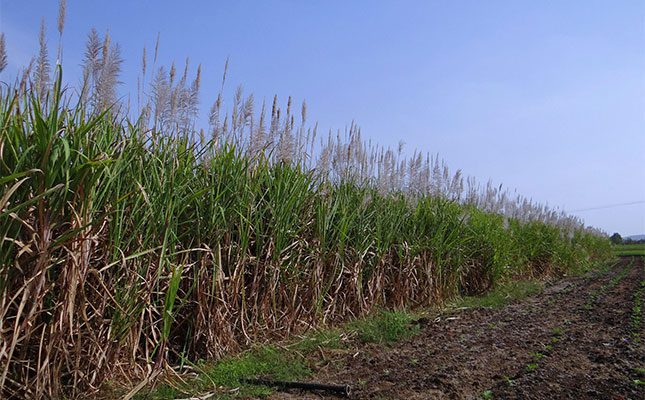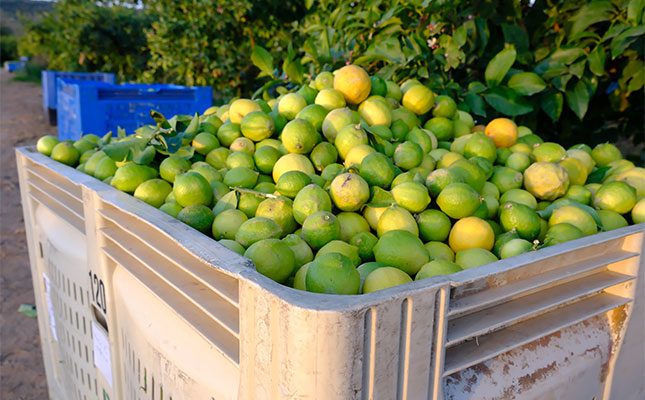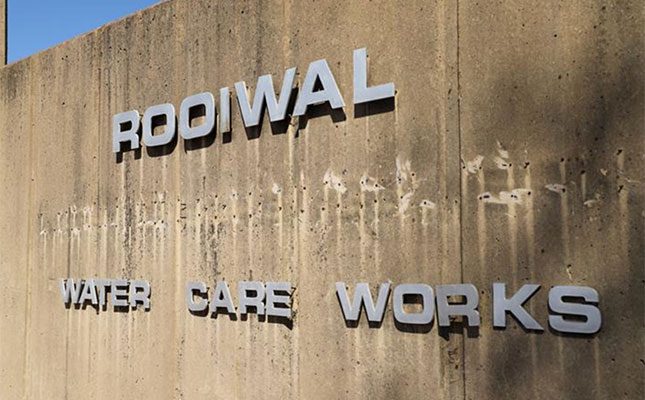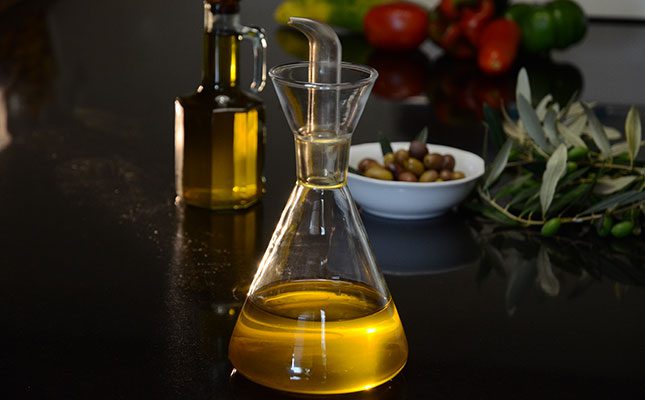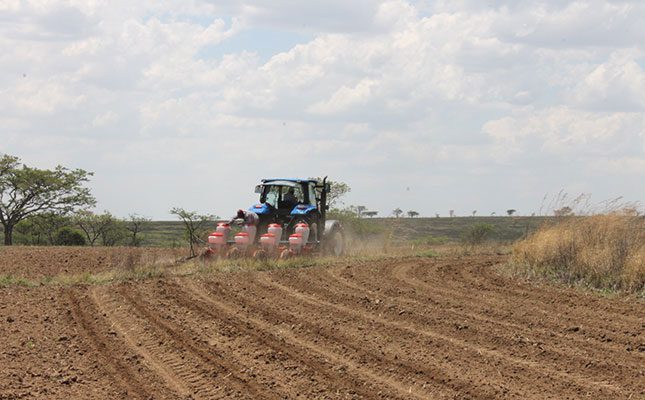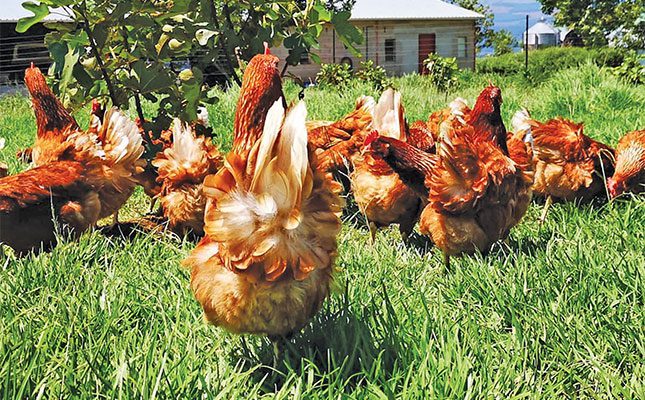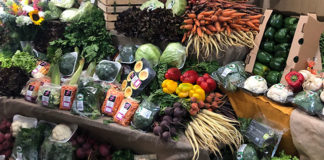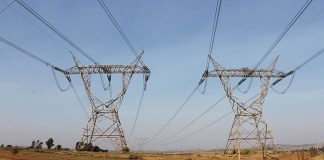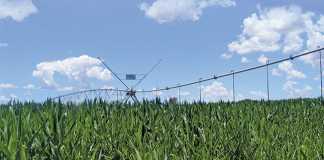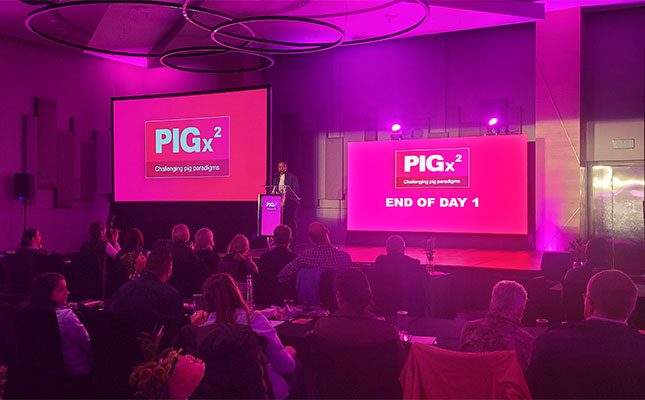
Photo: Lindi Botha
Pig veterinarian Dr Andrew Tucker said that despite some price gains, pig farmers’ profit margins had shrunk significantly over the past eight years.
“Pork prices have increased by 30% since 2016, from R25/kg to R33/kg. But maize – the biggest feed cost – is up by 50%. Producers have effectively been pinched by 20%,” he explained.
Tucker highlighted the importance of knowing the ideal weight bracket in which to market baconers, as it differed from one market to the next. “If you’re out by just 5kg/pig, you could lose R80/pig. That’s a R2,5 million loss per year on a 1 000-pig operation. It’s the difference between sinking or swimming.”
He urged farmers to explore income streams beyond pork production, noting that operations with diversified revenue were more likely to survive industry pressures.
“In 2009, just over half my clients were planting feed crops. That number hasn’t changed much because land is limited. But looking at the value of selling manure, in 2009, 54% [of my clients] generated income from their manure, compared with 79% in 2024. These farmers have realised they have to make money somewhere and [have] seen the value in manure,” he said.
Tucker’s data showed a clear pattern: “Some 88% of pig farmers who shut down in the past 15 years had no diversification in place. In 2024, that figure rose to 96%.”
Anneri Kannemeyer, a marketer at Cargill Risk Management, cautioned producers not to panic amid commodity price volatility. She added that feed costs accounted for around 80% of the total cost of raising a pig, with raw materials alone making up 60%.
“From October 2024 to July 2025, maize prices rose from R3 630/t to R4 580/t. That’s a massive shift. But risk management is about managing volatility, not chasing the bottom. Expecting smooth markets and even trading all year round is unrealistic,” she said.
Kannemeyer urged producers to take the ‘DDC’ approach: diversification, discipline, and control.
“Diversify wisely – if pork prices dip, maize prices might not. Planting your own feed can help you ride out downturns. Stick to a disciplined pricing strategy to remove emotional decision-making. Loss aversion and confirmation bias are dangerous in volatile markets,” she explained.
She added that reliable partners were essential: “Choose someone who gives you daily market updates and helps you adjust when needed. You can’t control the markets, but you can control your response, and you need high-quality information to make the best decisions.”
Both speakers agreed that while the operating environment for pig farmers was challenging, those who prepared, diversified, and remained disciplined had the best chance of surviving, and thriving, in a volatile world.

